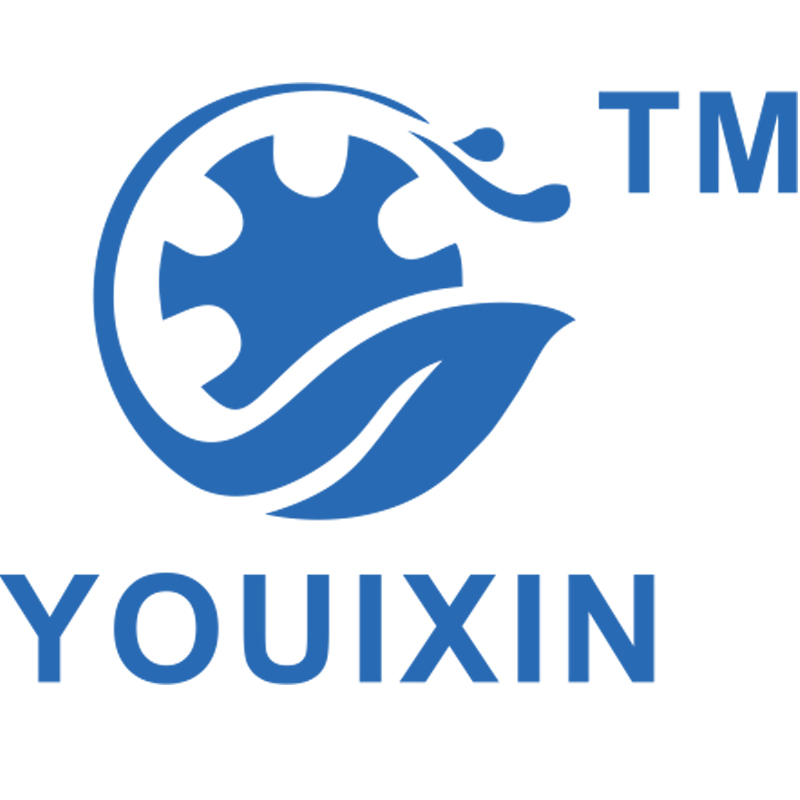Class A & Class C Of Lora
As we all know, water meters are equipped with batteries. The biggest challenge for wireless remote water meters is power consumption. To achieve low power consumption, the simplest solution is sleep. The circuit works only when you want to send data. Other times, the circuit is sleeping. The corresponding figure below shows that the water meter is sending data in the blue time period, and the water meter is sleeping in other time periods.
This has led to the class a mode of Lora.

If the circuit works only when a water meter sends data and sleeps at other times, there is no way for the cloud server to send messages to the water meter, such as setting the reporting time parameter. A two-way communication problem needs to be solved here. The Lora protocol stipulates that the terminal starts to receive the downlink of the server one second after sending the data, which is rx1, and receives the second data one second later, which is rx2. As long as the server sends it in accordance with the agreed 1s / 2S.
The water meter has been connected to the Lora network, and the electricity meter also wants to be connected. The electricity meter has its own characteristics. It does not need the battery to have electricity all the time. It has high requirements for real-time performance. When the server clicks the switch off, the electricity meter can be powered off immediately. Therefore, Lora designed class C mode.
(rx1 and rx2 are also reserved in the figure above, with an additional RXC. C means continuous reception. The design requires RXC = rx2, which means that the frequency and spread spectrum factor are equal.)

